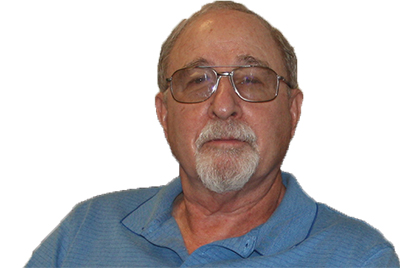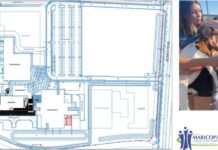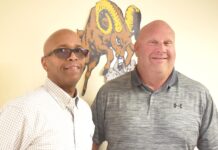
By Murray Siegel [quote_box_right]This is the second of a two-part column on preparing today’s students for tomorrow’s science, technology, engineering and math (STEM) jobs. Read Part 1[/quote_box_right]
There are two methods to promote learning in elementary math classes that have proven to be successful.
The first is to have all students in a particular grade have math at the same time. During that time students are assigned to a classroom based on their individual mathematical abilities and achievements. This method allows for flexibility, so a student is not “stuck” in a class if the student’s level of math ability changes. A student in the remedial class who catches up and can now function in a grade-level class can be moved.
Some teachers are concerned that this type of program puts all the behavior problems in the lowest class. This concern is not realistic since students are placed based on ability. Some weak students become behavior problems when they see no hope for progress. By placing students in a class at an appropriate level, loss of hope quickly disappears. Any disciplinary role is the responsibility of the principal.
It is important each teacher is properly equipped to teach math at the level to which he or she is assigned. The teacher of the remedial class must believe all students can learn if taught properly and the teacher must have the appropriate tools, including alternate arithmetical methods that engage the students.
The second method is to have an elementary math specialist assigned to each elementary school. This method has been used successfully in Texas. Qualified teachers could be provided with appropriate professional development. The specialist would teach an advanced math class in grades three, four and five. All classes in a grade would have math at the same time. For the remainder of the school day, the specialist would work with individual students or small groups, especially in remediation. The specialist would work with teachers conferences, classroom observations and demonstration lessons.
Besides having a qualified teacher responsible for the mathematical learning of the most able students, using a specialist means the math classes would be reduced in size since some students would be attending the advanced class.
Concerns may be raised before either method is adopted, but the overriding concern must be to develop the math skills of more American children who will be the scientific leaders of the next generation.
Murray Siegel has a PhD in MathEd and 42 years of teaching experience. He and his wife Sharon are volunteer teachers of advanced math classes at Butterfield Elementary School.
This column appears in the December issue of InMaricopa.

![Who’s the Best Mom InMaricopa? Nominate now! Marlene Marshall, Christina Olivares, and Meghan Bremer. [Bryan Mordt]](https://www.inmaricopa.com/wp-content/uploads/2023/05/BCM_8465-218x150.jpg)











![Alleged car thief released without charges Phoenix police stop a stolen vehicle on April 20, 2024. [Facebook]](https://www.inmaricopa.com/wp-content/uploads/2024/04/IMG_5040-218x150.jpg)